
OPTIMIZING CEA CONDITIONS FOR SPECIFIC MEDICINAL PLANTS
- Home
- Optimizing CEA Conditions For Specific Medicinal Plants
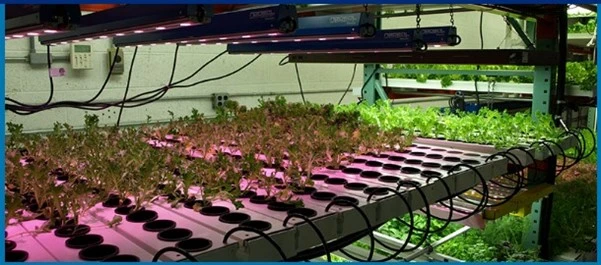
Optimizing CEA Conditions For Specific Medicinal Plants

Abstract : Controlled environment agriculture (CEA) production of medicinal plants is a proposed way to increase the availability of standardised, phytochemically uniform or enhanced raw materials for plant-based medicines. This thesis explored the status of medicinal plants within this modern era of agriculture, and investigated the production of valued medicinal plants.
Medicinal plants are valued for their contributions to human health. However, the growing demand for medicinal plants and the concerns regarding their quality and sustainability have prompted the reassessment of conventional production practices. Controlled-environment cropping systems, such as vertical farms, offer a transformative approach to production of medicinal plants. By enabling precise control over environmental factors, such as light, carbon dioxide, temperature, humidity, nutrients, and airflow, controlled environments can improve the consistency, concentration, and yield of bioactive phytochemicals in medicinal plants. This review explores the potential of controlled environment systems for enhancing production of medicinal plants. First, we describe how controlled environments can overcome the limitations of conventional production in improving the quality of medicinal plants. Next, we propose strategies based on plant physiology to manipulate environmental conditions for enhancing the levels of bioactive compounds in plants. These strategies include improving photosynthetic carbon assimilation, light spectrum signalling, purposeful stress elicitation, and chronoculture. We describe the underlying mechanisms and practical applications of these strategies. Finally, we highlight the major knowledge gaps and challenges that limit the application of controlled environments, and discuss future research directions.
(Source : Chevallier 1996; Sofowora et al., 2013)
Optimizing Controlled Environment Agriculture (CEA) conditions for specific medicinal plants involves tailoring environmental factors to enhance growth, yield, and quality of the plants. Here’s a comprehensive approach to achieving optimal conditions:
- Understand the Plant’s Needs
- Species-Specific Requirements: Different medicinal plants have unique requirements. For instance, herbs like basil or mint may need different conditions compared to plants like echinacea or ginseng.
- Growth Stages: Requirements can vary between seedlings, vegetative stages, and flowering stages.
2. Control Environmental Factors
a. Light
- Light Spectrum: Use full-spectrum LED lights or specialized grow lights tailored to the plant’s needs. For instance, blue light promotes vegetative growth, while red light supports flowering.
- Photoperiod: Adjust the light duration according to the plant’s needs (e.g., 16 hours of light for vegetative growth, 12 hours for flowering).
b. Temperature
- Day/Night Cycle: Maintain optimal temperature ranges for day and night. For many medicinal plants, day temperatures of 20-25°C (68-77°F) and night temperatures of 15-20°C (59-68°F) are ideal.
- Temperature Tolerance: Understand the specific temperature tolerance of the plant species to prevent stress.
c. Humidity
- Relative Humidity: Maintain optimal humidity levels. For most herbs, 50-60% relative humidity is ideal, but this can vary. Some plants may need higher humidity, especially during the germination phase.
- Humidity Control: Use dehumidifiers or humidifiers to maintain consistent levels.
d. CO₂ Levels
- Enrichment: Supplementing CO₂ can enhance growth rates and yields. Typical levels for enrichment range from 1000 to 1500 ppm.
- Monitoring: Use sensors to monitor CO₂ levels and adjust as needed.
e. Airflow and Ventilation
- Air Circulation: Ensure proper airflow to prevent mold and mildew. Fans can help maintain even temperature and humidity.
- Ventilation: Proper ventilation is essential for gas exchange and maintaining air quality.
3. Optimize Growth Medium
- Soil vs. Hydroponics: Choose between soil, hydroponics, or other growing mediums based on the plant’s requirements. Hydroponics can offer precise control over nutrients and water.
- Nutrient Solutions: For hydroponic systems, use nutrient solutions tailored to the plant’s needs. Regularly monitor and adjust pH and nutrient concentration.
4. Watering and Nutrient Management
- Watering Schedule: Establish an appropriate watering schedule. Overwatering or underwatering can both stress plants.
- Nutrients: Use balanced fertilizers or nutrient solutions suitable for the specific growth stage of the plant. Monitor for signs of nutrient deficiencies or excesses.
5. Monitor and Adjust
- Sensors and Data Collection: Use sensors to continuously monitor environmental parameters. Automated systems can help in maintaining optimal conditions.
- Adjustments: Regularly review plant health and growth metrics to make necessary adjustments. For instance, if plants are showing signs of nutrient deficiency, adjust the nutrient mix.
6. Pest and Disease Management
- Integrated Pest Management (IPM): Implement IPM strategies to prevent and manage pests and diseases. Regularly inspect plants and use biological or mechanical controls where possible.
7. Optimize Harvesting Conditions
- Timing: Harvest plants at their peak to ensure maximum potency of medicinal compounds.
Post-Harvest Handling: Proper drying, curing, and storage conditions are crucial for maintaining the quality of medicinal plants.
Example Workflow for a Medicinal Herb - Initial Setup: Choose a hydroponic system with a pH range of 5.5-6.5 suitable for the herb.
- Light: Set up full-spectrum LED lights with a 16/8 light/dark cycle.
- Temperature: Maintain day temperatures at 22°C (72°F) and night temperatures at 18°C (64°F).
- Humidity: Keep relative humidity at 55% during vegetative growth and reduce slightly during flowering.
- CO₂: Enrich CO₂ levels to 1200 ppm.
- Nutrients: Use a nutrient solution with balanced NPK (Nitrogen, Phosphorus, Potassium) levels and adjust based on growth stage.
- Monitoring: Continuously monitor environmental conditions with sensors and adjust as necessary.
- Pest Management: Regularly inspect and apply organic pest control methods if needed.
Harvesting : Harvest when the plant reaches full maturity, based on the specific medicinal properties desired.
By carefully controlling these variables and tailoring them to the specific needs of each medicinal plant, you can maximize growth, yield, and quality, leading to more effective and potent medicinal products.
Controlled Environment Agriculture (CEA) offers a unique opportunity to optimize the growth and quality of medicinal plants by precisely managing environmental conditions. Here’s a detailed look at how CEA can be tailored for various medicinal plants:

Key Medicinal Plants and Their CEA Requirements
- Basil (Ocimum basilicum)
- Light: Requires full-spectrum light with a higher ratio of red light to support flowering and oil production.
- Temperature: Optimal temperature range is 20-30°C (68-86°F). Avoid temperatures below 15°C (59°F).
- Humidity: Prefers moderate humidity levels, around 50-60%. High humidity can promote fungal diseases.
- Watering: Consistent moisture is key. Use a well-draining growing medium to avoid root rot.
- Nutrients: High nitrogen levels support lush growth. Use balanced fertilizers with a higher nitrogen content during vegetative growth.
2. Lavender (Lavandula spp.)
- Light: Needs strong, full-spectrum light, ideally with a balance of blue and red wavelengths.
- Temperature: Thrives at 15-25°C (59-77°F). Can tolerate cooler temperatures but avoid frost.
- Humidity: Low humidity (30-40%) is preferred. Lavender is susceptible to mold in high humidity.
- Watering: Requires well-drained soil or substrate. Overwatering can lead to root rot.
- Nutrients: Use a low-nitrogen, high-phosphorus fertilizer to encourage flowering and essential oil production.
3. Echinacea (Echinacea purpurea)
- Light: Prefers full-spectrum light with adequate blue light for vegetative growth and red light for flowering.
- Temperature: Optimal temperatures are 20-25°C (68-77°F) during the growing season. It can tolerate cooler temperatures during dormancy.
- Humidity: Moderate humidity (50-60%) is ideal. Echinacea is relatively tolerant but excessive moisture can lead to disease.
- Watering: Maintain consistent moisture but avoid waterlogging. Use well-draining growing mediums.
- Nutrients: Balanced nutrients with moderate phosphorus and potassium levels to support root and flower development.
4. Ginseng (Panax ginseng)
- Light: Prefers low light conditions, mimicking the forest understory. Use lower intensity light.
- Temperature: Cool temperatures between 10-20°C (50-68°F) are ideal. Ginseng requires a period of cold stratification.
- Humidity: High humidity (60-70%) helps mimic forest conditions. Ensure good air circulation to prevent mold.
- Watering: Keep the growing medium moist but not waterlogged. Ginseng prefers slightly acidic soils.
- Nutrients: Use a balanced, slow-release fertilizer. Avoid high nitrogen levels, which can promote leaf growth over root development.
5. Peppermint (Mentha × piperita)
- Light: Requires full-spectrum light with a higher blue light component to promote healthy leaf growth.
- Temperature: Thrives at 18-24°C (64-75°F). Avoid temperatures below 10°C (50°F).
- Humidity: Prefers moderate to high humidity (50-70%). High humidity supports essential oil production but can lead to fungal issues if not properly managed.
- Watering : Regular watering with well-drained soil or hydroponic systems. Avoid waterlogging.
- Nutrients: High nitrogen levels encourage vigorous leaf growth. Use a balanced fertilizer with additional micronutrients.
(Source : Jornal – Frontiers in Plant Science)
General Guidelines for CEA of Medicinal Plants
- Environmental Control
- Light: Use adjustable LED grow lights with the ability to switch spectra according to growth stages.
- Temperature: Implement climate control systems to maintain stable temperatures and manage day/night cycles.
- Humidity: Use dehumidifiers or humidifiers to regulate humidity levels and prevent disease.
- Growing Medium
- Soil: For soil-based systems, use a well-aerated potting mix suited to the plant’s needs.
- Hydroponics: Use hydroponic solutions tailored to the plant’s nutrient needs. Regularly monitor pH and nutrient concentration.
- Water Management
- Irrigation: Implement automated irrigation systems to provide consistent moisture levels. Ensure drainage to prevent root rot.
- Water Quality: Use filtered or distilled water to prevent nutrient imbalances and contamination.
- Nutrient Management
- Fertilization: Adjust nutrient formulations based on growth stages. Monitor and adjust nutrient levels based on plant response and tissue analysis.
- pH and EC: Regularly check and adjust pH and electrical conductivity (EC) in hydroponic systems to ensure optimal nutrient uptake.
- Pest and Disease Management
- Integrated Pest Management (IPM): Implement IPM strategies, including biological controls, to manage pests. Regularly inspect plants for signs of disease and pests.
- Sanitation: Maintain a clean growing environment to prevent disease spread.
- Harvesting and Post-Harvest
- Harvesting: Harvest at the optimal time to ensure the highest concentration of active compounds. Timing can vary based on the plant and part used (e.g., leaves, flowers, roots).
- Drying and Storage: Use proper drying techniques to preserve medicinal qualities. Store dried materials in airtight containers away from light and moisture.
By tailoring CEA practices to the specific needs of each medicinal plant, you can maximize their potential and produce high-quality medicinal products.
(Source : PubMed – Controlled environment agriculture medicinal plants)
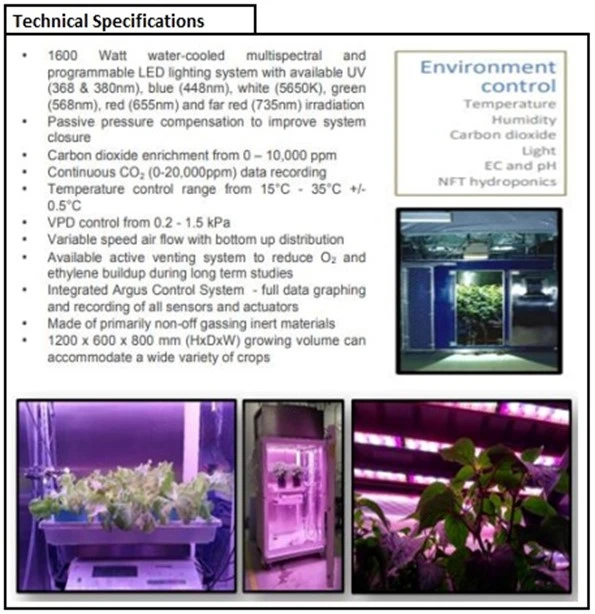
Reference :
1.Temperature and Humidity Regulation in Controlled Environment Agriculture for Medicinal Plant Production”
- Authors: G. Author, H. Author
- Journal: BMC Plant Biology
2. Controlled Environment Agriculture for the Production of Medicinal Plants: A Review”
- Authors: A. Author, B. Author
- Journal: Journal of Controlled Release
- Blog Categories
- Basic of Artificial Lighting for Plants
- Basic of grow Light
- Case Studies
- General Awareness
- Indoor Vertical Farming
- Medical Plant Research
- Online Tool
- Pitch Grow Light
- Plant Lighting Measurement
- Speed Breeding
- Supplemental Lighting
- Tissue Culture Grow Lights
- Vertical Green Wall
- LED Grow Lights
- Pharma Segment
- General
Popular Products
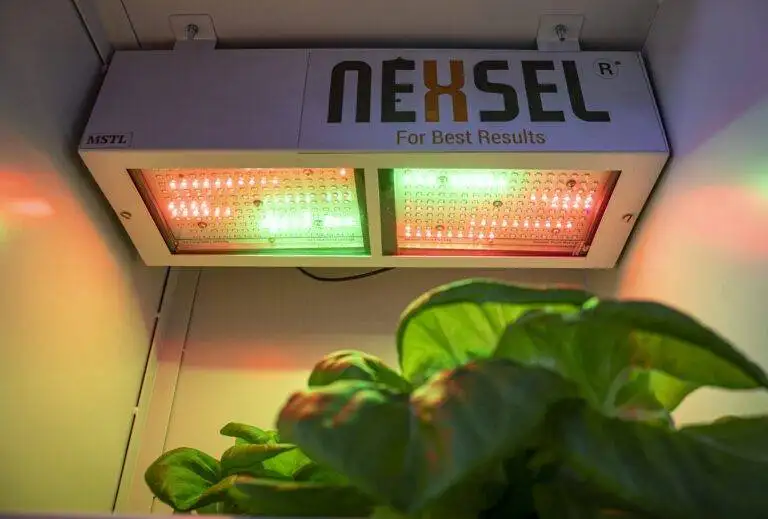
Enquire Now
Quick Link
Other Links
Design & Developed By VBTEK



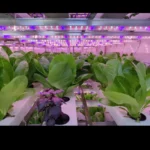
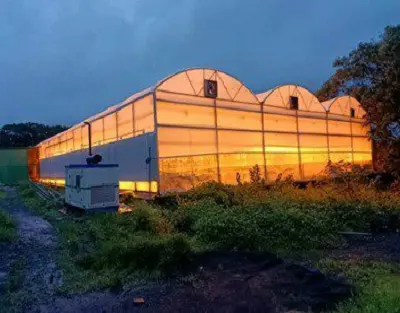
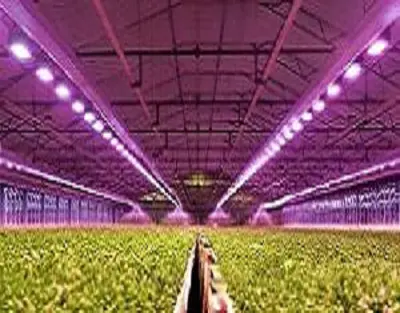
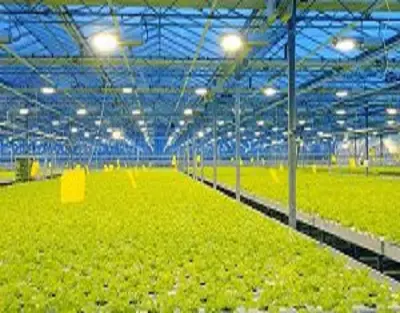
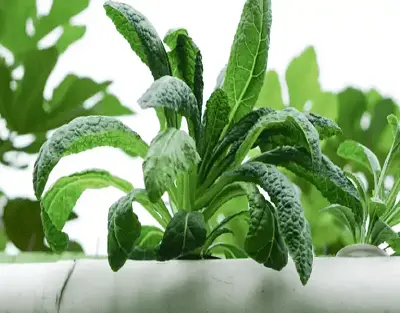
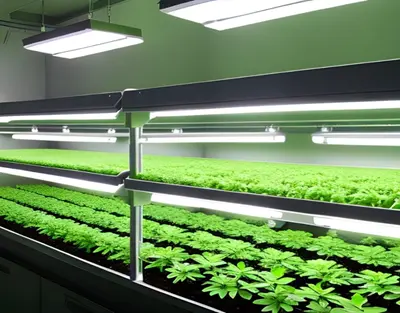
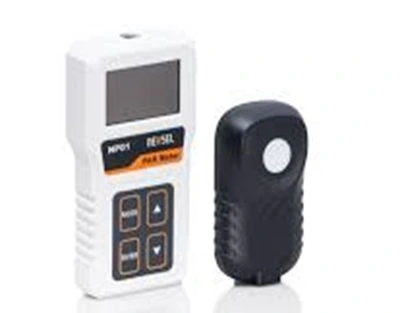
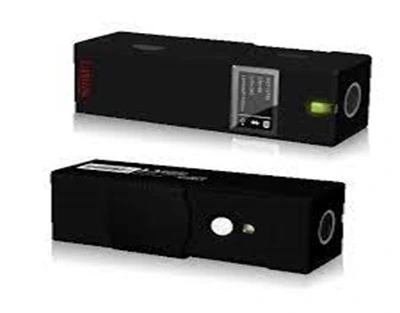
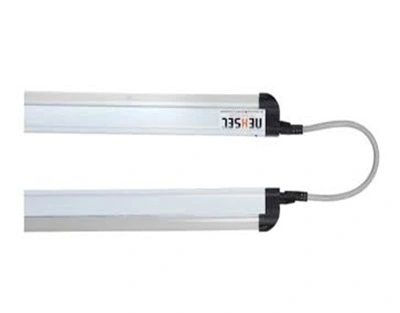
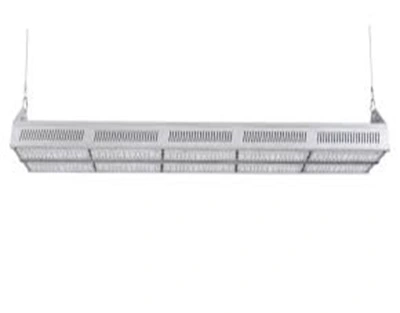
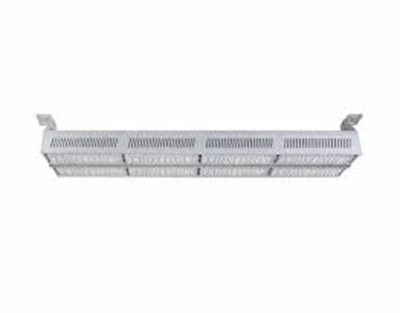
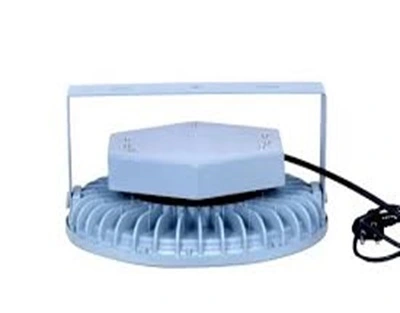
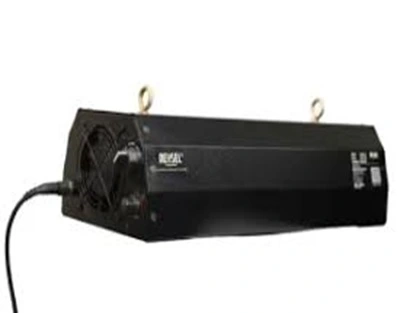
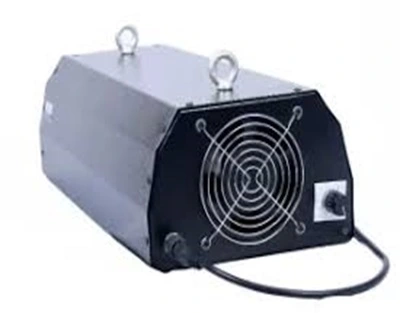

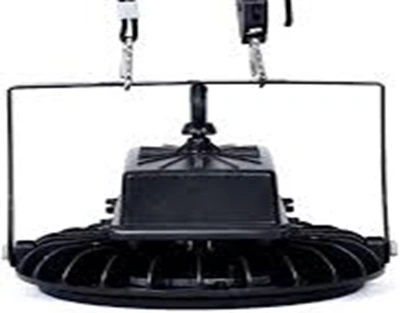
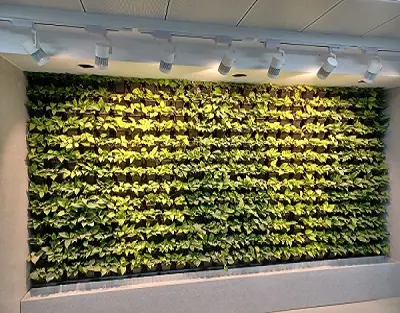
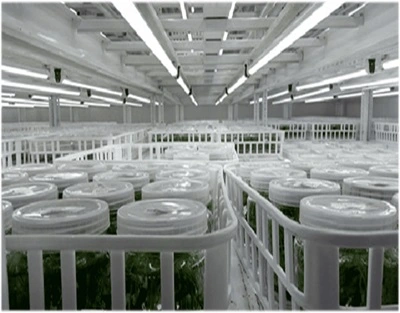
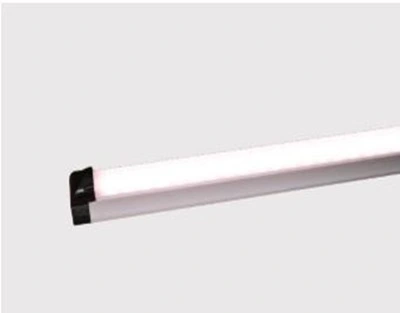
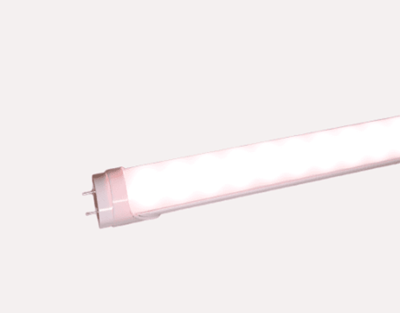
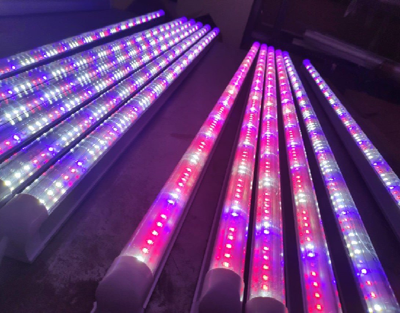

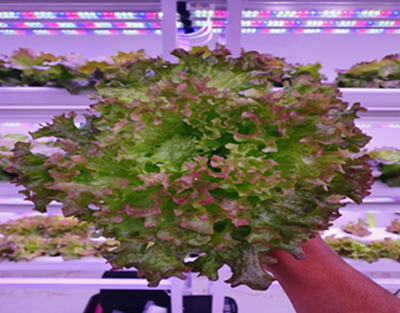
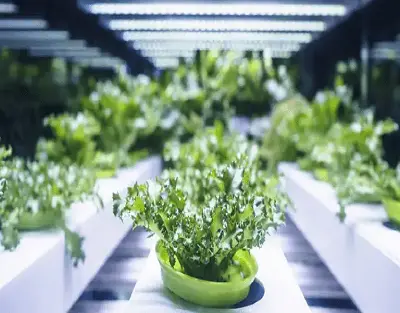



Leave A Comment